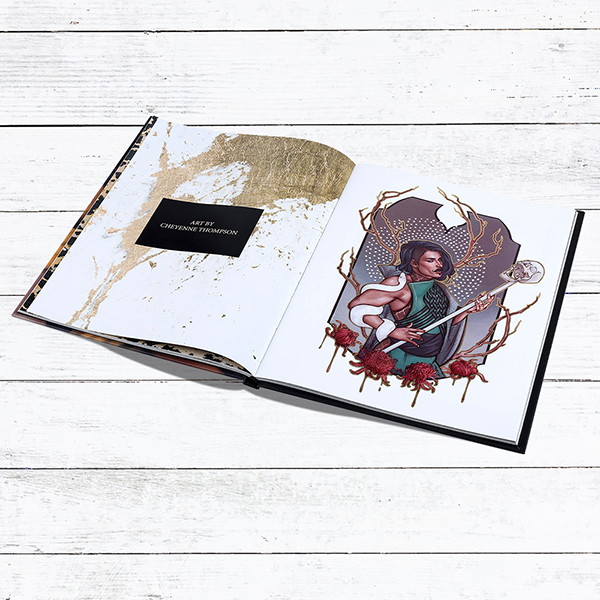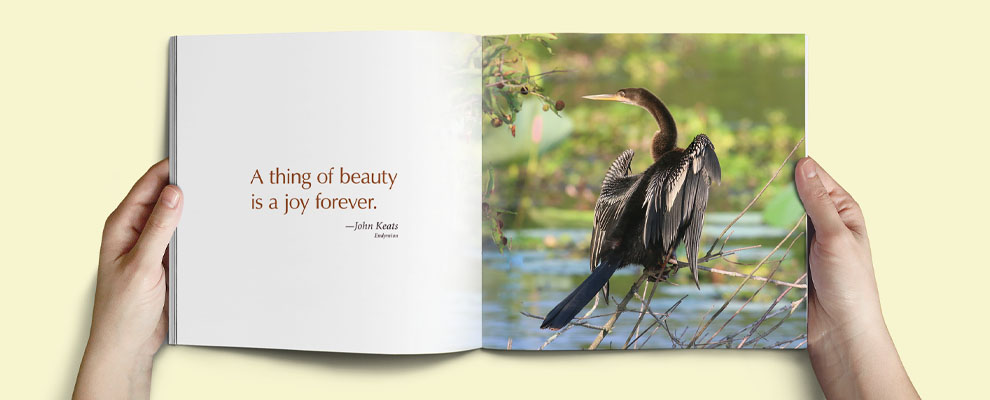Discover the Essential Guide to Art Book Printing for Aspiring Artists and Publishers
As an aspiring artist or author, understanding the subtleties of art book printing is crucial to bringing your vision to life. What are the vital aspects you should concentrate on to create a spectacular art book that absolutely represents your job?
Comprehending Different Kinds Of Art Books
When you plunge right into the globe of art books, you'll swiftly find that they come in numerous forms, each tailored to different imaginative expressions and audiences. Coffee table books commonly showcase stunning visuals, ideal for laid-back browsing, while monographs dive deep into a private musician's work, offering context and insights. If you want specific art movements, event magazines use in-depth paperwork of programs, featuring essays and reviews.
For educational objectives, art manuals and technique publications direct you with different mediums and designs, making them essential for aiming musicians. Finally, limited version or musician books obscure the lines between art and literary works, often integrating unique style components or handcrafted features. Comprehending these types helps you determine what reverberates with you and what might finest fit your audience. Each format offers its purpose, and recognizing their differences can enhance your art book trip.
Selecting the Right Paper and Products
Selecting the appropriate paper and products can substantially affect the general quality and feel of your art book. For dynamic colors and intricate details, decide for a shiny finish or a heavyweight matte paper that enhances visual depth.
Think regarding the weight of the paper, as well. Thicker options often offer a more professional look, while lighter documents can decrease printing expenses. Don't forget about the binding products; a tough cover can safeguard your web pages and include in the book's aesthetic.
Finally, consider sustainability. Green alternatives are obtaining popularity and can reflect your values as an artist. By very carefully selecting your paper and materials, you'll ensure that your art book not just looks terrific yet also feels unique in the hands of your readers.

Selecting the very best Printing Methods
When it pertains to publishing your art book, picking between balanced out and digital printing can greatly affect your last item. You'll also wish to take into consideration how paper quality influences the general look of your artwork. Allow's explore these vital printing methods to locate the very best fit for your job.
Offset vs. Digital Printing
While both offset and electronic printing have their advantages, selecting the appropriate method for your art book can substantially affect the last item. Balanced out printing supplies premium pictures and vibrant shades, making it excellent for bigger print runs. Ultimately, your choice must straighten with your creative vision and distribution method, ensuring that your art book mirrors the top quality you prefer.
Paper High Quality Considerations
Picking the best paper quality can significantly boost the visual appeal and tactile experience of your art book. For prints, a shiny finish can make images pop, while a matte surface supplies a softer, a lot more subtle look.
Next, think about the sustainability of your choice. Environment-friendly alternatives are coming to be significantly prominent and can appeal to environmentally-conscious viewers. Lastly, demand samples to see just how various papers deal with your art work, making sure the end product reflects your vision completely.
Guaranteeing Color Accuracy in Your Prints
To attain spectacular prints, you need to focus on shade accuracy from the start. You'll desire to utilize shade calibration strategies to verify your monitor and printer remain in sync. Furthermore, proofing your work prior to the final print run can assist capture any disparities, guaranteeing your art looks equally as you envisioned.
Shade Calibration Strategies
Ensuring color accuracy in your prints begins with efficient shade calibration techniques that help maintain consistency between your digital pictures and last published products. Initially, adjust your display making use of equipment calibration devices to attain the finest shade representation. This confirms that what you see on-screen matches what gets published. Next, pick a shade profile matched for your printing procedure, like CMYK for print materials. Regularly examine your printer's settings and keep it to avoid color shifts. It's additionally important to make use of high-grade paper that enhances your inks, as various surfaces can substantially impact color outcome. By consistently applying these strategies, you'll boost the general quality of your art prints and far better communicate your artistic vision.
Proofing for Precision
While you might assume your electronic images are prepared for print, proofing is important for achieving shade accuracy. Before committing to a complete print run, constantly ask for an evidence from your printer.
If adjustments are needed, connect clearly with your printer about your desired end results. Do not wait to request numerous proofs if required; it's worth the financial investment to obtain it right. Ultimately, detailed proofing warranties that your artwork is stood for as you visualized it, maintaining your imaginative integrity throughout the printing procedure.

Creating Layouts That Enhance Your Artwork
When you create layouts for your art book, it's necessary to ponder exactly how each aspect connects with your artwork. Objective for a balance in between visuals and message, ensuring neither outweighes the various other. Usage white room purposefully; it offers your artwork space to take a breath and accentuates its information.
Consider the circulation of your book. Set up photos in a manner that guides the viewers's eye, producing a more info story or thematic development. art book. Vary the sizes and positionings of your artwork to keep the design dynamic and fascinating
Select font styles that complement your art work without distracting from it. Maintain message succinct and relevant, providing context or insight that improves the viewer's experience.
Finally, test various designs. Print samples to see just how the layouts convert on paper, and adjust as needed. By thoughtfully creating your layouts, you'll develop an aesthetically interesting art book that reverberates with your audience.
Binding Choices for a Specialist Finish
Selecting the right binding choice can substantially affect the general presentation of your art book. You'll intend to take right into account both aesthetic appeals and longevity when making your option. Popular alternatives include perfect binding, which offers a streamlined look and is perfect for thicker books; saddle sewing, ideal for smaller brochures; and spiral binding, which enables web pages to lay level for simple watching.
If you're intending for a premium feeling, instance binding is an outstanding choice, supplying a sturdy cover and an expert look (art book). Don't fail to remember about the cover material; alternatives like cloth, natural leather, or a glossy coating can raise your book's allure
Whatever alternative you choose, make more info certain it enhances your artwork and enhances the reader's experience. Take your time to weigh the benefits and drawbacks of each method, so your final product mirrors the high quality of your creative vision.
Preparing Your Apply For Publish Preparedness
To assure your art book is print-ready, you'll require to pay very close attention to file preparation. Begin by establishing your file dimension to match your wanted print dimensions. Use high-resolution images-- 300 DPI is the requirement-- to establish sharp, dynamic visuals. Convert your data to CMYK mode, as this color room is best for printing. Don't neglect to consist of hemorrhage locations, generally an added 0.125 inches around your web pages, to stop any type of white edges after cutting.
Take into consideration developing an evidence to review prior to the final print run. Following these steps will assist you attain a refined, professional art book.
Often Asked Inquiries
What Is the Typical Expense of Printing an Art Book?
The standard cost of printing an art book differs, yet you can expect to pay anywhere from $5 to $20 per duplicate, depending upon variables like dimension, paper top quality, and printing quantity.
Exactly How Can I Locate a Reliable Printing Company?
To locate a reliable printing business, start by website researching on-line evaluations and asking fellow artists for recommendations. Contrast quotes, inspect profiles, and communicate your demands plainly to assure they understand your vision and high quality assumptions.
What Is the Regular Turnaround Time for Printing?
The regular turnaround time for printing differs however usually varies from one to four weeks. Aspects like job intricacy and quantity can impact this. Constantly confirm with your selected printer for certain timelines and expectations.
Can I Print My Art Book in Limited Quantities?
Yes, you can absolutely publish your art book in limited amounts. Several printing companies offer short-run options, enabling you to produce simply the number you require, making it easier to handle costs and stock.
What Lawful Factors To Consider Should I Know for My Art Book?
You ought to think about copyright, licensing agreements, and model launches when creating your art book. Make certain you deserve to make use of all pictures and message, shielding yourself from prospective legal problems in the future.